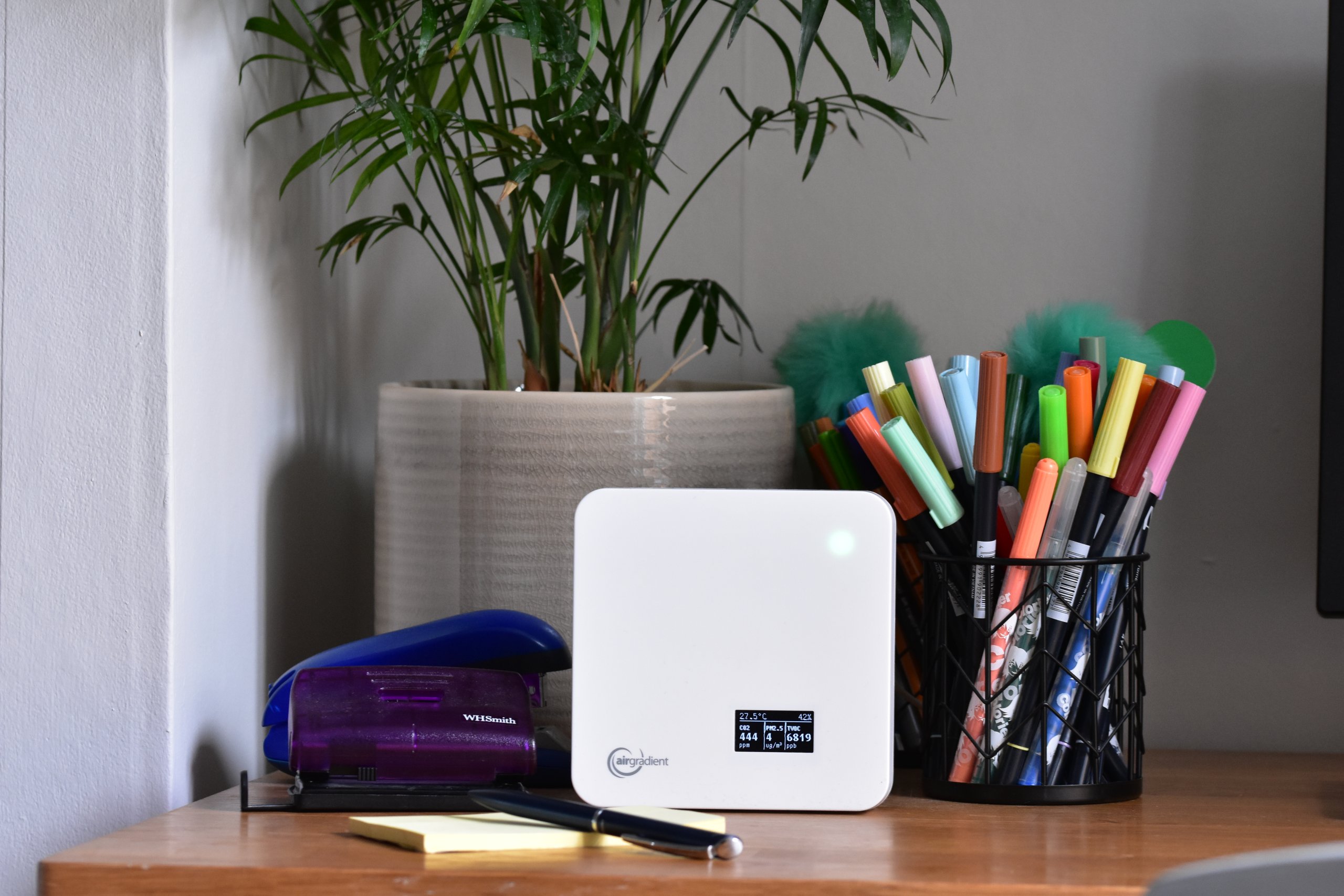
Henry Burridge talks to the Clean Air Team about World Ventil8 Day and why we should all be concerned.
- How have you become involved in this area of work?
I did my PHD in fluid mechanics and air flows relevant to building ventilation. I was originally frustrated that a lot of our findings did not really get the uses as I hoped, a colleague suggested not to think about ventilation for the sake of the building, but to think about it for the people inside. There is a balance between fundamental building design, ventilation, and the impact it has on humans – I have been working on that balance ever since. - Can you tell us about World Ventil8 Day? Why has it been set up and what does it want to achieve?
The pandemic has been difficult for a lot of people. We need to seize all the opportunities for any positivity on the back of it. One thing that happened during the pandemic was that there was raised public awareness around the importance of both ventilation and air quality, this has positive implications beyond Covid. It was an opportune moment to start an initiative and to keep awareness of building ventilation high in the public interests, and increasingly not to just focus on respiratory illnesses, but also other effects that improve health and well-being that could easily be realised with good ventilation. - In your opinion, why should we be concerned about indoor pollution and poor air quality?
There has been a huge amount of work on understanding outdoor air pollution, the sources, and the weather conditions and to understand what people’s exposures might be. We spend vast amounts of time indoors, inside buildings, so the exposures we have in our buildings, both depend on the sources and the ventilation. Ventilation, in a sense is like the controller for the indoor weather. It is very important that we take ventilation as seriously as we take weather prediction in terms of generating estimates, forecasts if you like, of pollution indoors and the exposures that could arise, these can last a lot longer than those that we experience outdoors. - What brought you to those conclusions?
This is largely based on the literature. It is well established that factors like increasing urbanisation have resulted in increasing time indoors and the balance historically between the effort to monitor air quality outside to that inside are opposite to the ways in which we spend time in those two spaces. We now have the technology to redress this balance in terms of low-cost sensors so we could, and should, do that. - Where should individuals, businesses, schools start if they want to improve their indoor air quality?
It is important to understand what the sources of detriment are in any given indoor air quality metric and then to think about how to manage them. One obvious way would be to dilute them via indoor ventilation. This is especially effective if they are dominant indoor sources, and less effective if some part of the source is from outdoors. There is no panacea. In some environments, in-room filtration of the air can be very justifiable, but most of the buildings we are constructing now have the means for adequate ventilation, often including inbuilt filtration which might be more easily, and better, managed longer-term. We should be looking at where poor air quality exists and think about why that has arisen and then how to fix it. There is no simple answer. I work with a lot of schools, and these are challenging due to a typical lack of mechanical ventilation system. They are all performing a function with the same goal; education, but even for schools there is no straightforward universal answer. - How do you think this will benefit individuals, businesses, the community?
We don’t particularly have robust evidence for the magnitude of long-term health impacts, but the strong suspicion is that just as lower outdoor particulate matter links to positive health outcomes, we can only assume that the same is true for indoor air – and we have studies that have modelled these impacts. What we do know is that poor air quality has short-term impacts. It can affect us via irritations to the nose, throat, lungs, eyes, and skin – these affects can be especially serious for those with pre-existing conditions and repeated exposures cannot be ruled out as a contributing factor to these conditions arising in the first place. It also affects cognition, which is an important motivator in both professional and educational spaces because it would mean that either people would be better educated, or companies could be more productive. There is an increasing evidence base for links in general well-being and good air quality. All of this type of research is very challenging, and it needs real investment to be able to robustly evidence the potential impacts both short and long term. - What do you think are the long-term consequences if we do not address this issue?
As a society, we won’t be as healthy and productive as we could be. I am happy to state that as a fact. What is difficult to know is the magnitude of that affect and getting some handle on this will be important because everything has a cost and a benefit, as a society and a planet we have limited resources. We have a lot of buildings, and a vast number of rooms and it won’t be easy to change the air quality in all of them. - As we are approaching winter, opening windows, doors would not be a priority for people, how could people maintain healthy indoor air quality, without losing too much indoor heat?
There is this balance to be made between ventilation and heating and the associated energy costs. We all have concerns about our finances, but we should value our health too. We shouldn’t be shutting all the windows to save money, to the detriment of our health. - You are leading a project called SAMHE – can you tell us a little about it and what the investigations may tell us?
The project SAMHE (School’s Air quality Monitoring for Health and Education) has three core deliverables; (1) We are hoping to establish longitudinal air quality measurements in around 2000 schools around the whole of the UK in a way that will empower school staff and get pupils involved. (2) Delivering scientific findings about school air quality and its potential impacts on health and education to everyone from school communities to national governments. (3) Raising awareness, so that people can make small changes to their environments that can often have a positive impact. One way of doing this is to educate the next generation, our school pupils, empowering them with knowledge so that and they will go home and suggest changes in their own home environment. - If there is one take away message from your area of work, what would that be?
Whenever you enter a space, enjoy the architectural beauty of the space, or lack of it, and while you are doing so, just look around. Where are the windows, where are the vents, how is the air coming into and air going out? How might this invisible beauty, that is air, be moving around the room, moving around you, and even moving inside you? Think about it because it is important, and it is a surprisingly interesting and enjoyable thing to think about.
